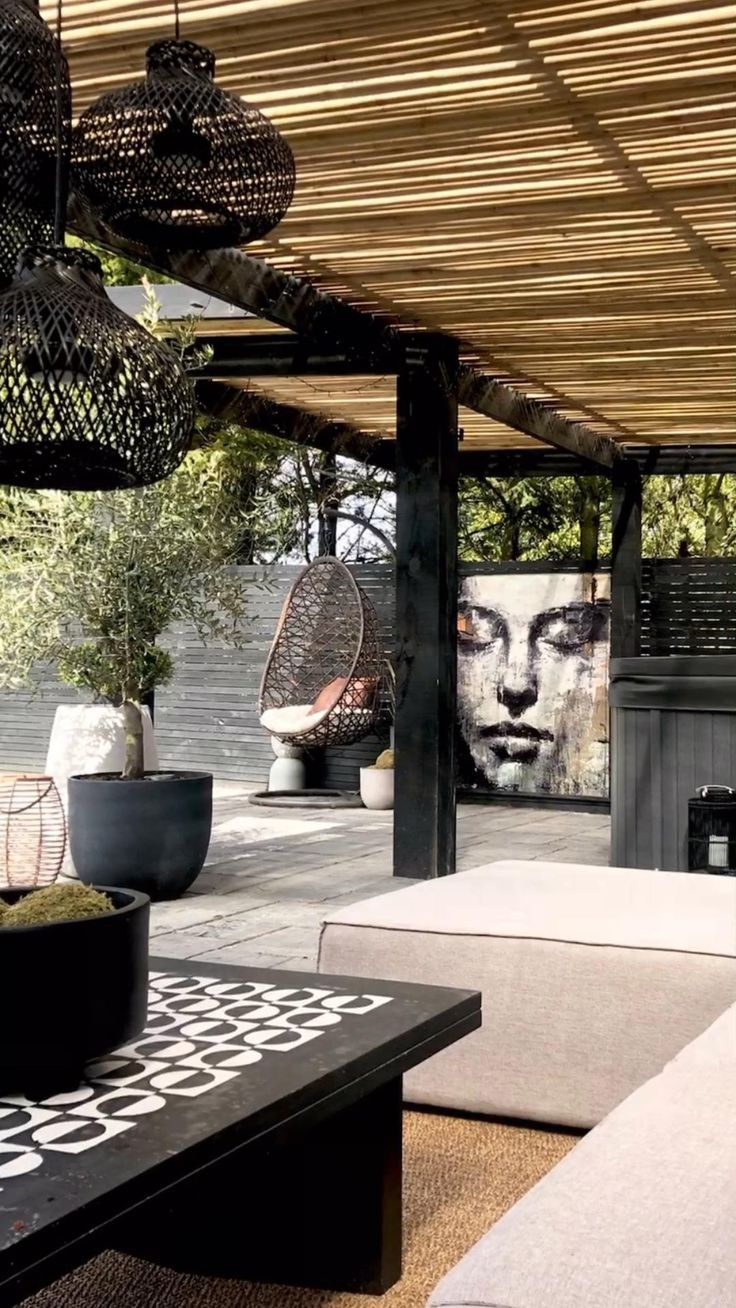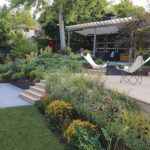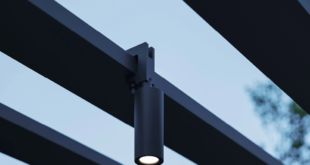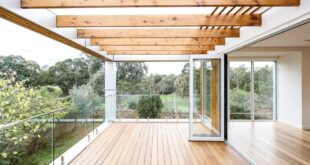When it comes to creating a modern and sleek garden design, less is often more. Minimalist landscaping is a popular trend that focuses on simplicity and clean lines to create a beautiful and serene outdoor space. By carefully selecting plants, materials, and design elements, you can achieve a minimalist garden that is both aesthetically pleasing and low-maintenance. Here are some tips for achieving a modern garden with minimalist landscaping:
1. Start with a clean slate: Before you begin designing your minimalist garden, take the time to remove any clutter and unnecessary elements from the space. Clear out old plantings, structures, and decorations to create a blank canvas for your new design.
2. Choose a limited color palette: Minimalist gardens are often characterized by a limited color palette that includes neutral tones such as white, black, gray, and green. Choose plants and materials in these tones to create a cohesive and harmonious look in your garden.
3. Focus on simplicity: When selecting plants and design elements for your minimalist garden, opt for simple and geometric shapes. Choose plants with clean lines and minimal foliage, and use paving stones or gravel to create clean pathways and borders.
4. Incorporate natural materials: A key element of minimalist landscaping is the use of natural materials such as wood, stone, and metal. Incorporate these materials into your garden design to add texture and interest to the space.
5. Create visual interest with contrast: While simplicity is important in minimalist landscaping, you can create visual interest in your garden by incorporating contrasting elements. Mix different textures, heights, and shapes to add depth and dimension to the space.
6. Embrace negative space: Negative space, or empty space, is an important element of minimalist design. Leave areas of open space in your garden to create a sense of balance and tranquility.
7. Maintain a sense of order: A well-maintained garden is essential for achieving a minimalist look. Regularly prune plants, weed, and clean up debris to keep your garden looking tidy and organized.
8. Consider sustainability: Incorporate sustainable practices into your minimalist garden design by using drought-tolerant plants, installing a rainwater collection system, and composting organic waste. This will not only help conserve resources, but also create a healthier and more resilient garden.
By following these tips, you can create a modern and sophisticated garden with minimalist landscaping that enhances the beauty of your outdoor space. Whether you have a small backyard or a sprawling estate, minimalism can be a versatile and timeless design choice for any garden.




















